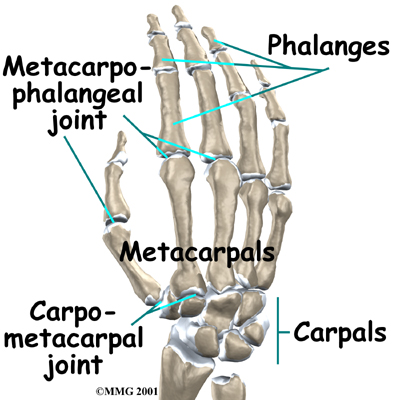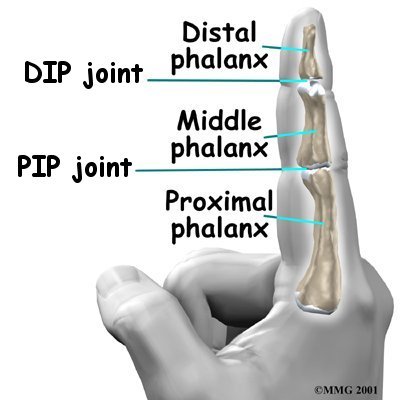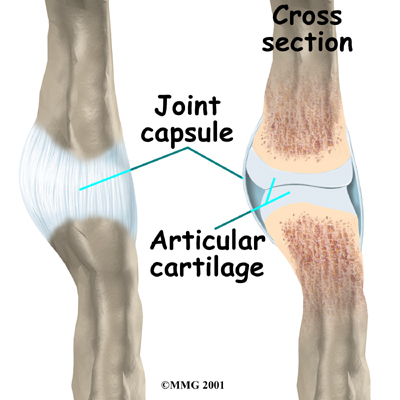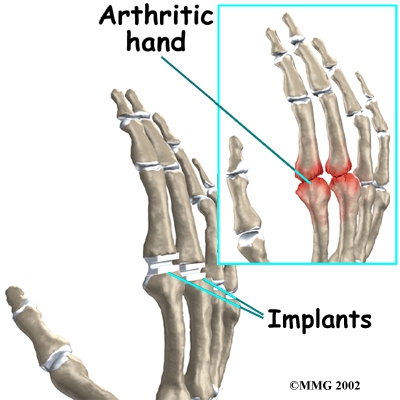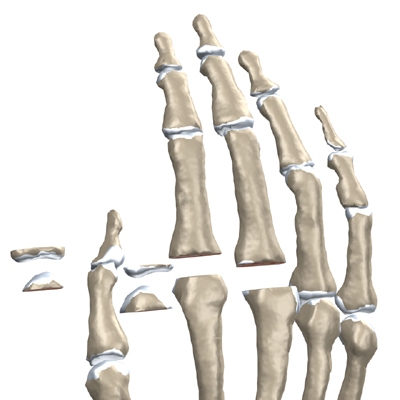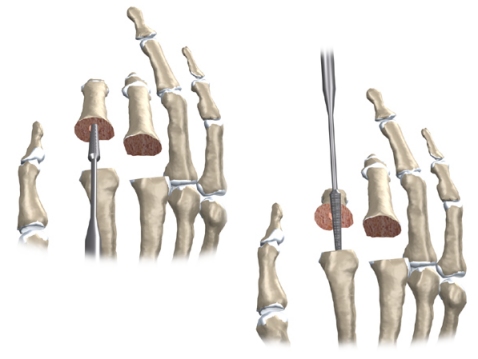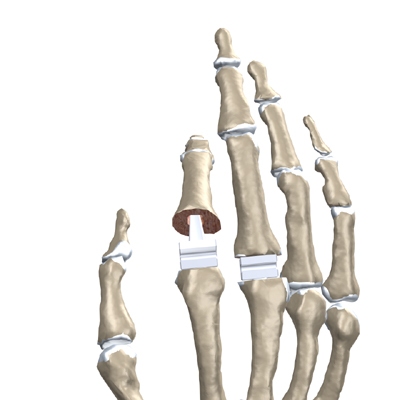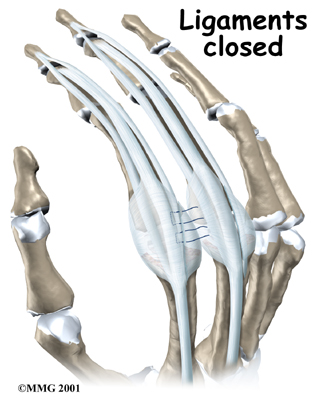What should I expect during my rehabilitation?
Physiotherapy will begin once your surgeon allows it. The time frame regarding when you can move your finger after surgery will depend on several factors including your surgeon’s opinion, the type of replacement used, and potentially other factors that are specific to your injury or recovery. Many patients will be able to start doing general finger range of motion exercises a few days after surgery whereas others will be asked to wait 2-3 weeks before beginning any motion to allow further healing time. Generally, once therapy begins, you will be fitted with a removable supportive finger splint that can be taken off to do your exercises but should be worn at all other times including at night.
As your rehabilitation progresses your surgeon or physiotherapist will determine when it is no longer necessary to wear this splint. Generally it is removed during daytime activities before it is removed completely at night. It may even be needed for up to 3 months post surgically.
Your first physiotherapy sessions at Eastwood Physiotherapy will focus on relieving the pain associated with the surgical process as well as the immobilization. We may use modalities such as heat, ice, or electrical current to assist with decreasing any pain or swelling you have around the surgical site or anywhere along the arm, or into the shoulder or hand. Massage to these areas may also be done in order to improve circulation and assist with the pain. Depending on how extensive the splint was some of the muscles of the neck may also initially be painful and therefore may also benefit from some massage treatment to make movement of your entire surgical side easier.
The next part of our treatment will focus on regaining the range of motion, strength, and dexterity in your finger, wrist, hand, elbow, and even shoulder. Your physiotherapist at Eastwood Physiotherapy will prescribe a series of range of motion and strengthening exercises that you will practice in the clinic and also learn to do as part of your home exercise program. These exercises may include the use of rehabilitation equipment such as mini pulleys, putty, elastics or balls for strengthening and gripping resistance. In addition to strengthening your grip we will educate you on ways to grip and support items in order to do your tasks without putting too much stress on your new finger joint.
If necessary, your physiotherapist will mobilize your finger joint or any other joint in the area that is stiff and impeding normal movement of your hand and limb. This hands-on technique encourages the stiff joints to move gradually into their normal range of motion.
Being able to move your hand and finger so that you can complete your work tasks and daily activities is the goal for our therapy at Eastwood Physiotherapy. Maximizing dexterity can greatly improve the functional use of your hand. For this reason, we will also incorporate activities like picking up items from a table or twisting items into place using your surgical hand. These functional activities encourage the joints and the muscles of the hand and arm to work in unison, which is critical to maximizing the use of your entire upper limb. Exercises where weight is put through your new joint, such as pressing the pad of your finger into something, will also be added, when appropriate, to encourage the joint to tolerate weight in a controlled fashion.
When you are well underway, regular visits to Eastwood Physiotherapy will end. Your therapist will continue to be a resource, but you will be in charge of doing your exercises as part of an ongoing home program. Generally, the majority of your gains from physiotherapy will occur within the first 2-3 months after the joint is replaced, but ongoing tissue remodeling will occur even up to 12 months post-surgery.
In the majority of cases the physiotherapy we provide at Eastwood Physiotherapy after finger joint replacement surgery occurs without any complications. If, however, during rehabilitation your pain continues longer than it should or therapy is not progressing as your physiotherapist would expect, we will ask you to follow-up with your surgeon to confirm that the joint replacement is tolerating the rehabilitation well and to ensure that there are no hardware issues that may be impeding your recovery.
Eastwood Physiotherapy provides services for physiotherapy in Edmonton.



